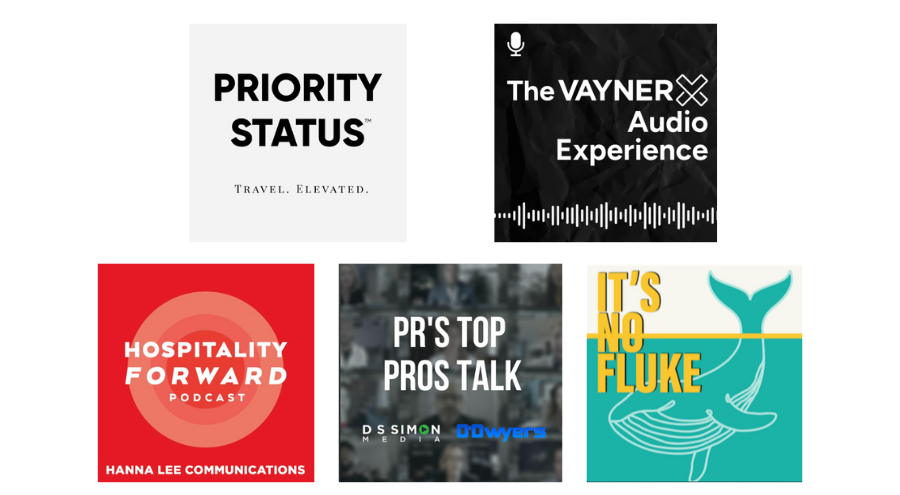The culinary scene is heating up, with some exciting spots already open and others set to debut this fall. From elevated dining and modern steakhouses to immersive events and inventive drinks, chefs and brands are redefining how we eat, drink, and experience flavor. Here’s your guide to the openings and F&B launches you need to know now.OpeningsBA53MENT, NYC - Opening September 2025Photo: A...






